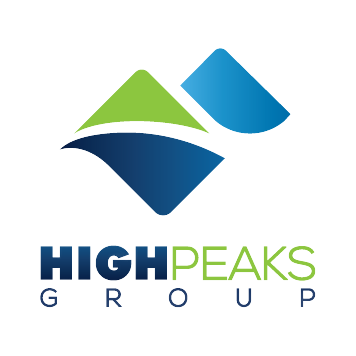Going from Burned Out to Fired Up
“I’m feeling pretty crispy,” Matt said casually describing his feelings of fatigue at a recent meeting. But his face betrayed serious pain. He’s beyond tired. He’s experiencing burn-out.
Many of us are experiencing the damaging effects of chronic stress in the wake of an unprecedented, challenging year. Part of the cause today is the prospect of many more months of COVID restrictions, economic uncertainty and unresolved conflicts around political difference and racial justice.
But there’s hope. With the right mindsets and practices, we can begin to give oxygen to a different fire that enables us to grow through tough times.
Burnout is Serious
The World Health Organization defines burn-out as a syndrome resulting from “chronic workplace stress that has not been successfully managed.” WHO also says it is characterized by these three dimensions:
feelings of energy depletion or exhaustion
increased mental distance from one’s job, or feelings of negativism or cynicism related to one's job
reduced professional efficacy.
Even before the tumult of 2020, roughly two-thirds of full-time workers reported feeling burned out at work at least sometimes. And according to Gallup’s most recent annual survey, Americans are reporting the lowest levels of workplace mental health and wellbeing since Gallup started studying the topic nearly two decades ago. Recent research from advisory firm Great Place to Work found that working parents in particular are experiencing burn-out, as they wrestle with job demands, shuttered child care centers and virtual schooling.
A Model for Building Resilience
But not all the news is grim. The latest research into resilience, team effectiveness, and organizational success shows a positive path forward. In fact, it is possible to treat today’s crises as opportunities to grow.
The High Peaks Group resilience model (co-developed with our colleague Tanya James at Positive Change & Development Pty Ltd) focuses on balancing “staunch realism and collective efficacy.” That is, to grow during a tough time, it’s important to see the situation for what it really is and be very clear about the things you can/cannot control.
When we work with clients, we walk through a number of exercises to get clear about the reality of their situation. It typically starts with understanding what we call “My Triggered Self.” That is, what are the inputs (or patterns of inputs) that has your brain in reactive mode and not in rational mode?
We then help clients build a picture of “My Resourced Self” by identifying and cataloging things they already have on hand to support their growth through challenges. We define resources as: self-qualities (like values, attitudes, and mindsets), skills and knowledge (like expertise or experience), and social supports (like family, friends, and community).
When clients are grounded in their best, resourced self we ask them to bring “The Situation” into clearer focus by stating reality in plain, objective terms. Finally, clients are ready to move forward on their growth path by imagining new - and realistic - possibilities for the future.
Resilience Scales: Leader, Team, Organization
This model can help leaders and others address burn-out even in the most challenged industries. Consider the ski and mountain resort industries, which is weathering difficulties including managing ever-changing COVID restrictions, re-setting guest expectations while maintaining a branded experience, keeping employees safe, and of course navigating all the “usual” challenges like increased resort competition, reduced interest in skiing, and an ever-warmer world.
By seeing the year through the lens of learning, by balancing clear-eyed realism with a focus on what they control and by building the muscles of mindfulness, ski industry leaders have learned collectively. Ski Area Management magazine (with early support from High Peaks Group) hosted weekly industry-wide huddles where leaders could share their plans, concerns, and needs with each other. These huddles have been instrumental in helping the entire industry grow through tough times. Our organizations worked together to create a first-ever industry-wide resilience training. This training - which received exceptional reviews - forms the foundation of High Peaks Group’s new open-enrollment online course Resilience in the Wild.
My friend Matt also is feeling hopeful. Since his “crispy” comment, he’s used his social supports to help put things in perspective. Local and online groups provided the psychological safety necessary for Matt to be authentic and vulnerable. He’s also has been able to build personal agency by listing to the things he can and cannot control. By the end of our meeting, Matt felt like a new fire was burning – one of possibility.
The same can be true for you.


